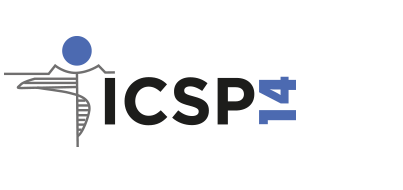14th International Conference on Shot Peening
Abstract [93]
Sylvain A. Forgues, Brigitte Labelle, Adel Alouani, Ramzi Ben Moussa
Shockform Aeronautique Inc., Canada, sylvain.forgues@shockform.com
Introduction
Controlled pneumatic needle peening is often used after blending surface damage to rebuild the residual compressive layer that is removed by the blend. Controlled pneumatic needle peening can be used to peen surfaces on assembled aircraft with minimal dismantling and no risk of foreign object damage (FOD). This technique has the advantage of a small work head to peen difficult to reach areas while maintaining optimal stand-off distance at all time. Generating a saturation curve to find the Almen intensity with repair tools can be time consuming. Typically, generating a saturation curve takes 15 minutes in the A scale and up to an hour or more in the low N scale. The introduction of a new electronic sensor specifically developed for pneumatic needle peening promises to considerably simplify and shorten the intensity measurement and verification process. This sensor also facilitates user training on the equipment.
Objectives
Evaluate the capability of an electronic peening intensity sensor for controlled pneumatic needle peening. Compare intensity values obtained by the sensor with methods currently used. Provide an example of the use of such a sensor for training purposes.
Date
19 Novembre 2022

